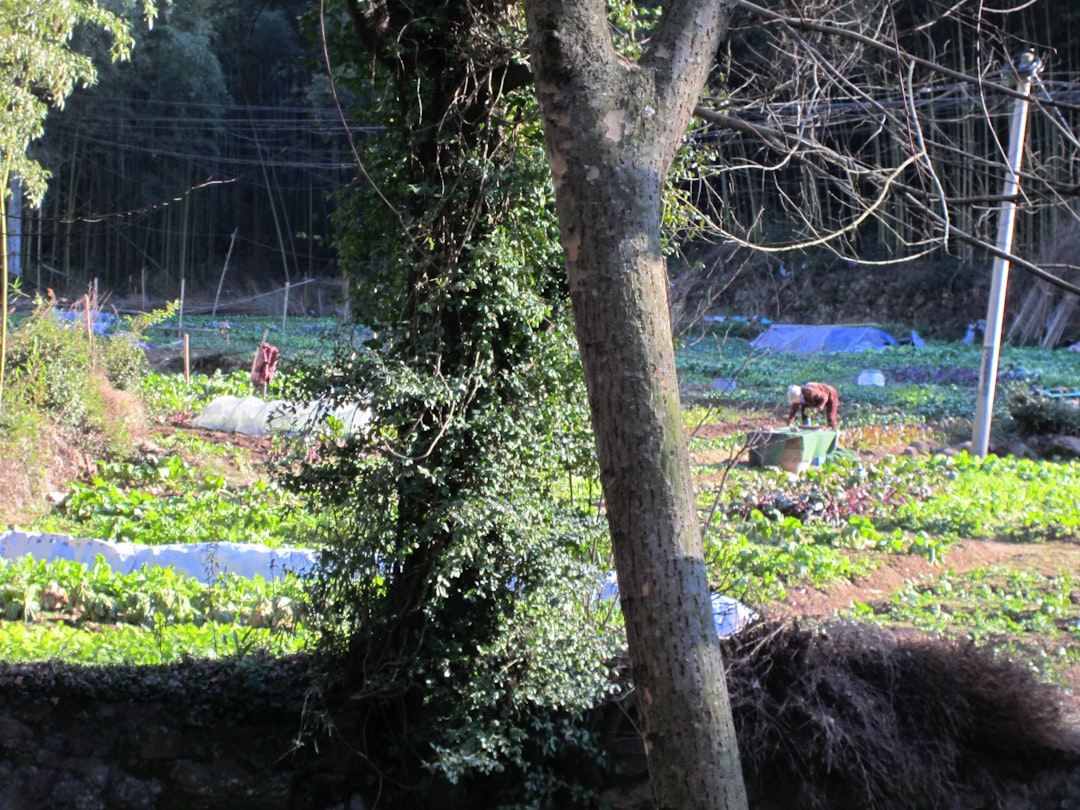Transform Your Space with a Perennial Corner Oasis

Creating a beautiful and vibrant garden doesn't have to be a daunting task. With the right plan and a selection of easy - care plants, you can turn a simple corner of your yard into a colorful nook. This perennial garden plan offers a straightforward arrangement of flowering plants that will bring life and charm to your outdoor space.
One of the first steps in this garden plan is to choose the right location. A corner of your yard that receives at least six hours of sunlight a day is ideal. Perennials thrive in sunlight, and this will ensure that your plants grow healthy and produce an abundance of flowers. Once you've selected the location, it's time to prepare the soil. Loosen the soil to a depth of about 12 inches and mix in some compost or well - rotted manure. This will provide the necessary nutrients for your plants to grow strong.
Now, let's talk about the plants. There are several easy - care perennials that are perfect for this corner garden plan. One such plant is the coneflower (Echinacea). Coneflowers come in a variety of colors, including purple, pink, and white. They are drought - tolerant and attract butterflies, adding an extra element of beauty to your garden. Plant coneflowers about 18 inches apart to give them enough room to spread.
Another great choice is the daylily (Hemerocallis). Daylilies are known for their long blooming period and come in a wide range of colors. They are very low - maintenance and can tolerate a variety of soil conditions. Space daylilies about 24 inches apart to allow for proper growth.
Salvia is also a wonderful addition to this garden plan. Salvia produces spikes of colorful flowers that attract hummingbirds. It is a heat - and drought - tolerant plant, making it perfect for sunny corners. Plant salvias about 12 inches apart.
When it comes to the arrangement of these plants, you can create a visually appealing design by using different heights and colors. Place taller plants like coneflowers and salvia towards the back of the corner, and shorter plants like daylilies towards the front. This will create a layered effect and add depth to your garden.
Maintenance of this perennial corner garden is relatively easy. Water your plants regularly, especially during dry spells. However, be careful not to over - water, as most perennials prefer well - drained soil. Fertilize your plants once a year in the spring with a slow - release fertilizer. This will provide them with the nutrients they need throughout the growing season.
Deadheading, or removing spent flowers, is an important task to encourage more blooms. This also keeps your garden looking tidy. In the fall, cut back the foliage of your perennials to about 3 inches above the ground. This will help the plants conserve energy during the winter months.
As your garden grows, you may want to add some decorative elements. A small bench or a decorative stone can enhance the charm of your corner nook. You can also add some mulch around the plants to help retain moisture and suppress weeds.
One of the benefits of a perennial garden is that it comes back year after year. With each passing season, your corner garden will become more established and more beautiful. You'll be able to enjoy the colors and scents of your flowers for many years to come.
Whether you're an experienced gardener or a beginner, this corner of perennials garden plan is a great way to add a touch of nature to your outdoor space. It offers a simple yet effective way to create a colorful and inviting nook that you can relax in and enjoy the beauty of your garden.
So, don't hesitate to start planning your own perennial corner garden. With a little time and effort, you can transform a dull corner into a vibrant and lively oasis that will be the envy of your neighbors.
You can also experiment with different combinations of perennials. For example, you could add some lavender to the mix. Lavender has a lovely fragrance and its purple flowers add a touch of elegance to the garden. It also attracts bees, which are important pollinators.
Another option is to include some coreopsis. Coreopsis produces bright yellow or orange flowers and is very easy to grow. It can tolerate poor soil conditions and is a great choice for a low - maintenance garden.
When you're designing your garden, think about the overall theme you want to achieve. If you want a more cottage - style garden, you can mix in some hollyhocks. Hollyhocks are tall, stately plants that produce large, showy flowers. They add a sense of old - fashioned charm to the garden.
In conclusion, creating a colorful nook with a corner of perennials garden plan is a rewarding project. It allows you to express your creativity, enjoy the beauty of nature, and have a place to relax and unwind. So, roll up your sleeves, get your gardening tools, and start creating your own piece of paradise.